RIKEN physicists have created the first thin films featuring a special combination of electrical and topological properties. This demonstration could help to realize new forms of electronics that are highly energy efficient.



However, if you’re rich and you don’t like the idea of a limit on computing, you can turn to futurism, longtermism, or “AI optimism,” depending on your favorite flavor. People in these camps believe in developing AI as fast as possible so we can (they claim) keep guardrails in place that will prevent AI from going rogue or becoming evil. (Today, people can’t seem to—or don’t want to—control whether or not their chatbots become racist, are “sensual” with children, or induce psychosis in the general population, but sure.)
The goal of these AI boosters is known as artificial general intelligence, or AGI. They theorize, or even hope for, an AI so powerful that it thinks like… well… a human mind whose ability is enhanced by a billion computers. If someone ever does develop an AGI that surpasses human intelligence, that moment is known as the AI singularity. (There are other, unrelated singularities in physics.) AI optimists want to accelerate the singularity and usher in this “godlike” AGI.
One of the key facts of computer logic is that, if you can slow the processes down enough and look at it in enough detail, you can track and predict every single thing that a program will do. Algorithms (and not the opaque AI kind) guide everything within a computer. Over the decades, experts have written the exact ways information can be sent, one bit—one minuscule electrical zap—at a time through a central processing unit (CPU).
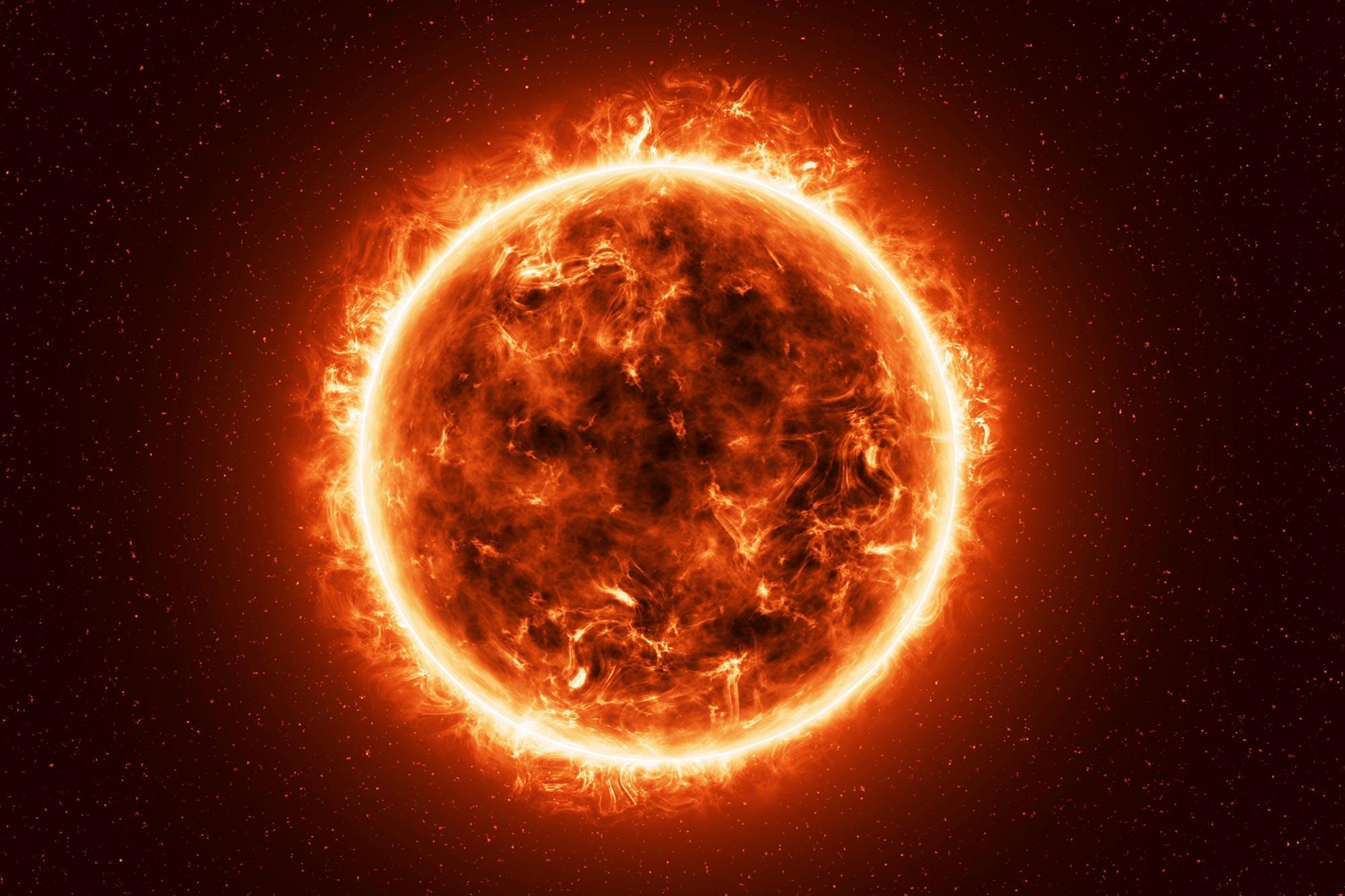
Stars often reach the end of their lives and fade from view, but astronomers were left baffled when a star that had remained steady for more than ten years suddenly seemed to vanish for nearly eight months.
From late 2024 through early 2025, a star in our galaxy known as ASASSN-24fw lost about 97% of its brightness before returning to normal. The unusual dimming quickly became the subject of debate as researchers searched for an explanation behind such an extraordinary event.
An international research team, led by scientists at The Ohio State University, now believes they may have solved the puzzle. In a study recently published in The Open Journal of Astrophysics, the group reports that because the star’s color did not change during the dimming, the cause was unlikely to be related to stellar evolution. Instead, they conclude that a massive cloud of dust and gas surrounding the star blocked it from Earth’s view.

Compared with the energy-intensive Haber-Bosch process, renewable energy-driven electrocatalytic nitrate reduction reaction (NO3−RR) provides a low-carbon route for ammonia synthesis under mild conditions. Using nitrate from wastewater as the nitrogen source and water as the hydrogen source, this route has the potential to produce ammonia sustainably while mitigating water pollution.
Copper (Cu)-based catalysts show a good performance for NO3−RR to ammonia. However, they suffer from issues including high overpotential, competing nitrite (NO2–) formation, and low overall energy efficiency.
In a study published in ACS Catalysis, a team led by Prof. Bao Xinhe and Prof. Gao Dunfeng from the Dalian Institute of Chemical Physics (DICP) of the Chinese Academy of Sciences, along with Prof. Wang Guoxiong from Fudan University, proposed hydroxyl (*OH) adsorption as a selectivity descriptor for ammonia synthesis via NO3−RR over Cu catalysts.
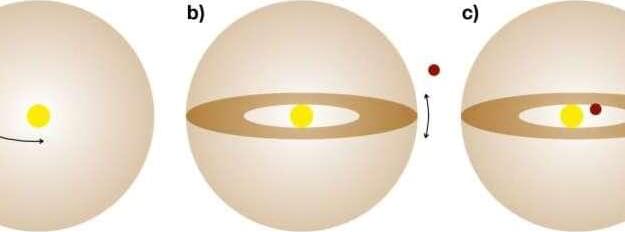
Stars die and vanish from sight all the time, but astronomers were puzzled when one that had been stable for more than a decade almost disappeared for eight months.
Between late 2024 and early 2025, one star in our galaxy, dubbed ASASSN-24fw, dimmed in brightness by about 97%, before brightening again. Since then, scientists have been swapping theories about what was behind this rare, exciting event.
Now, an international team led by scientists at The Ohio State University may have come up with an answer to the mystery. In a new study recently published in The Open Journal of Astrophysics, astronomers suggest that because the color of the star’s light remained unchanged during its dimming, the event wasn’t caused by the star evolving in some way, but by a large cloud of dust and gas around the star that occluded Earth’s view of it.
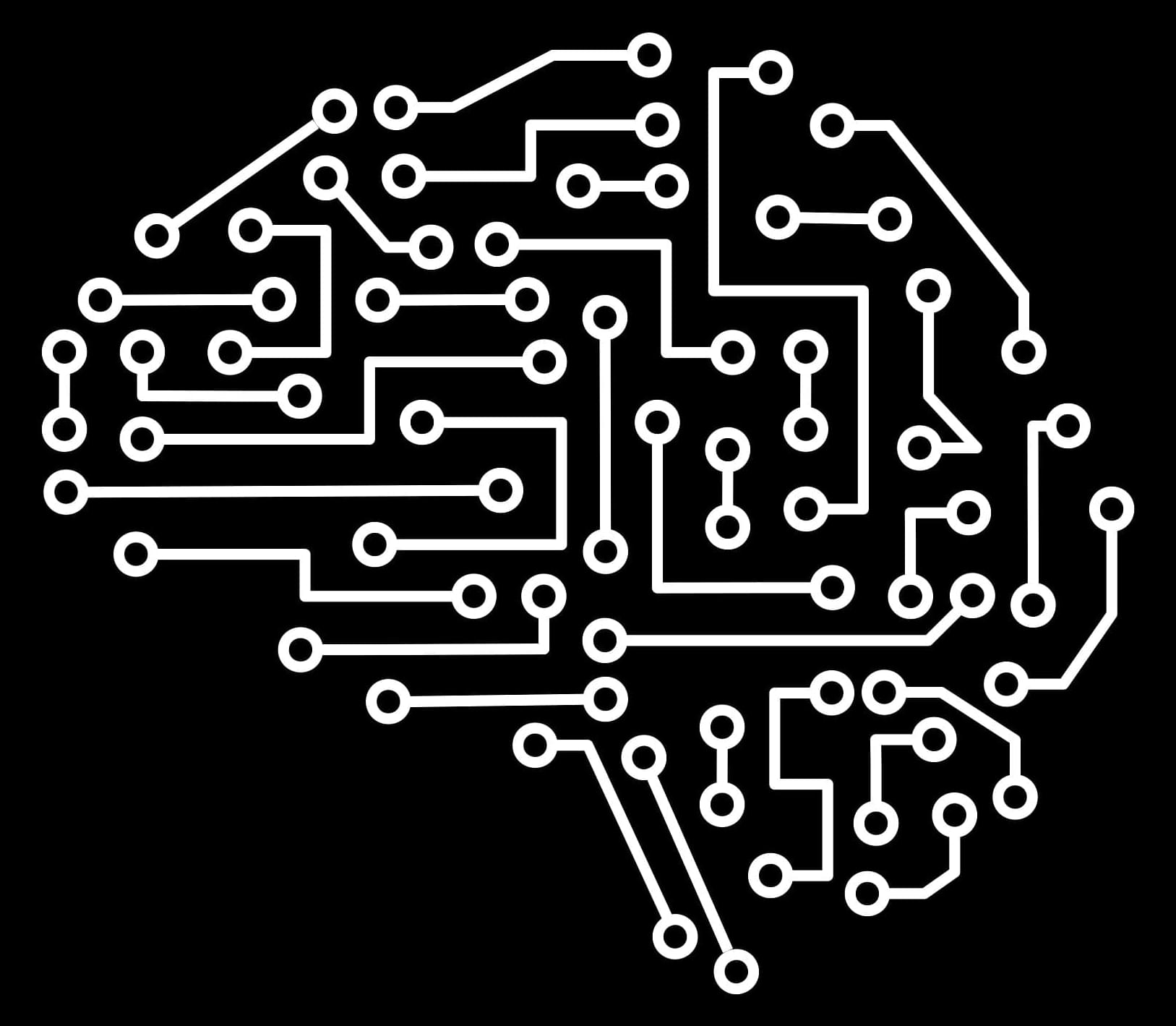
Cornell University researchers have developed a low-power microchip they call a “microwave brain,” the first processor to compute on both ultrafast data signals and wireless communication signals by harnessing the physics of microwaves.
Detailed in the journal Nature Electronics, the processor is the first true microwave neural network and is fully integrated on a silicon microchip. It performs real-time frequency domain computation for tasks like radio signal decoding, radar target tracking and digital data processing, all while consuming less than 200 milliwatts of power.
“Because it’s able to distort in a programmable way across a wide band of frequencies instantaneously, it can be repurposed for several computing tasks,” said lead author Bal Govind, a doctoral student who conducted the research with Maxwell Anderson, also a doctoral student. “It bypasses a large number of signal processing steps that digital computers normally have to do.”
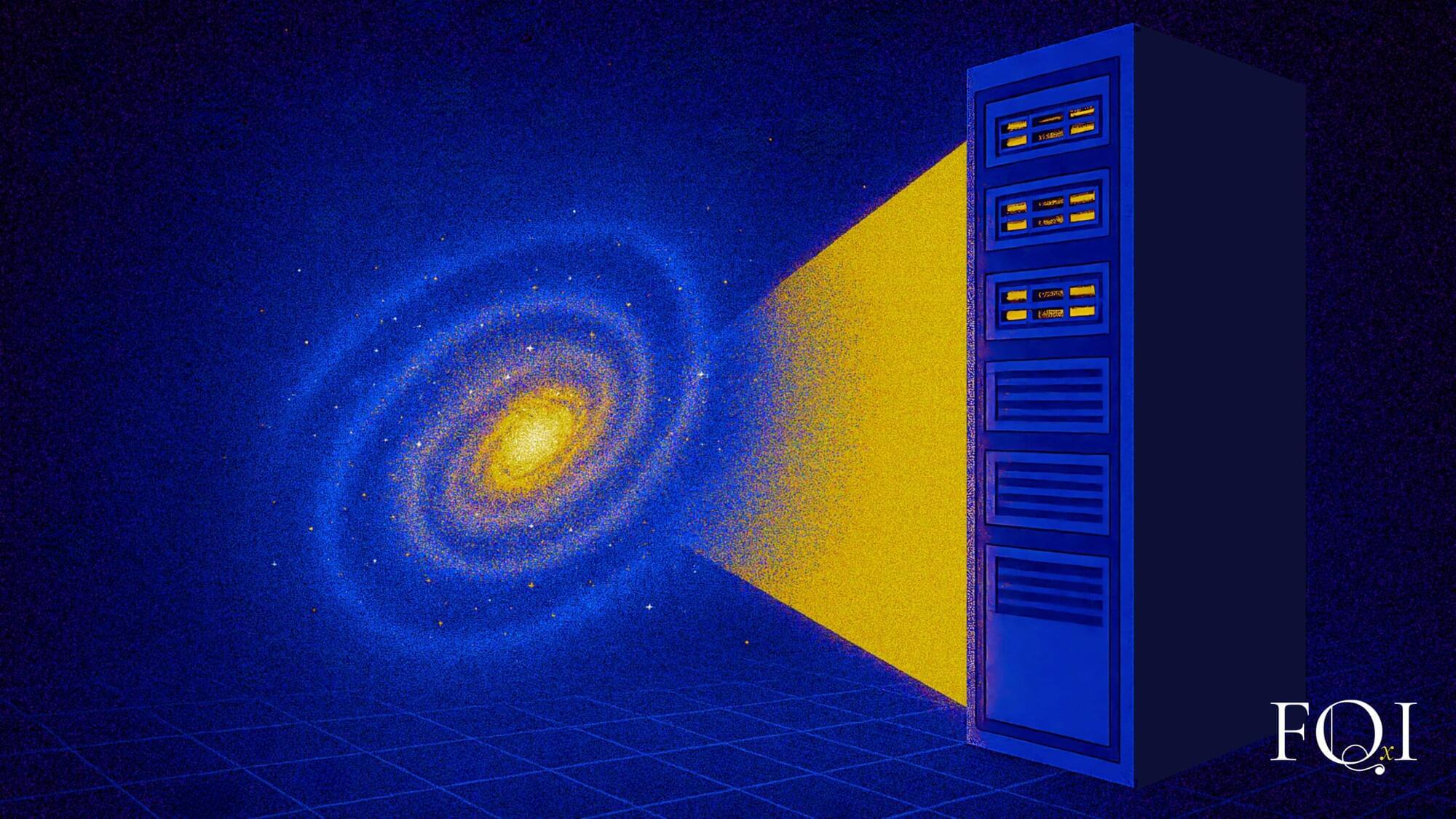
We’re often told it is “unscientific” or “meaningless” to ask what happened before the Big Bang. But a new paper by FQxI cosmologist Eugene Lim, of King’s College London, UK, and astrophysicists Katy Clough, of Queen Mary University of London, UK, and Josu Aurrekoetxea, at Oxford University, UK, published in Living Reviews in Relativity, proposes a way forward: using complex computer simulations to numerically (rather than exactly) solve Einstein’s equations for gravity in extreme situations.
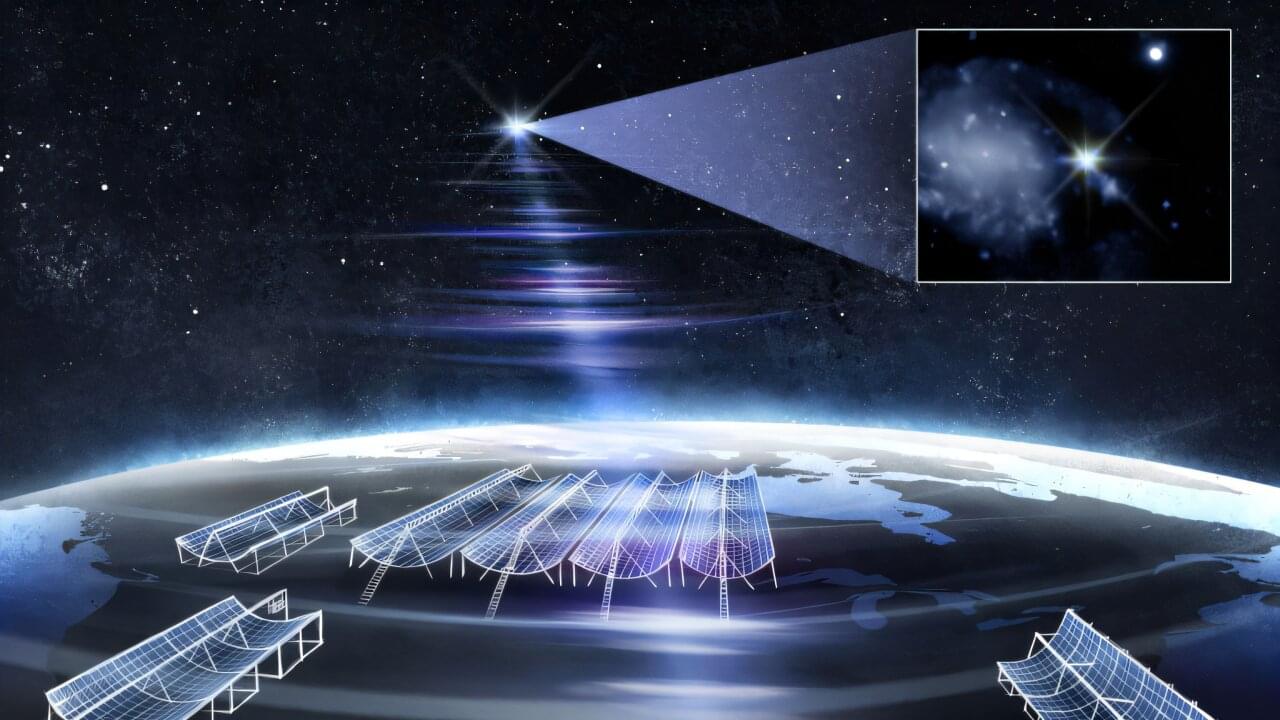
An international team of astronomers has observed one of the brightest fast radio bursts (FRBs) ever detected—and pinpointed its location in a nearby galaxy (NGC 4141). FRB 20250316A has been nicknamed RBFLOAT, which stands for Radio Brightest FLash Of All Time. The finding and the discovery of the location surprised the team and revealed new insight into FRBs, which are one of astrophysics’ biggest mysteries.

A study conducted by researchers from the Changchun Institute of Optics, Fine Mechanics and Physics (CIOMP) of the Chinese Academy of Sciences has demonstrated how nitrogen vacancies (VN) resolve asymmetric carrier injection in GaN-based light-emitting diodes (LEDs), providing a practical way to improve device efficiency.

Researchers have developed a technique to fold glass sheets into microscopic 3D photonic structures directly on a chip—a process they call photonic origami. The method could enable tiny, yet complex optical devices for data processing, sensing and experimental physics.
“Existing 3D printers produce rough 3D structures that aren’t optically uniform and thus can’t be used for high-performance optics,” said research team leader Tal Carmon from Tel Aviv University in Israel.
“Mimicking the way a pinecone’s scales bend outward to release seeds, our laser-induced technique triggers precise bending in ultra-thin glass sheets and can be used to create highly transparent, ultra-smooth 3D microphotonic devices for a variety of applications.”